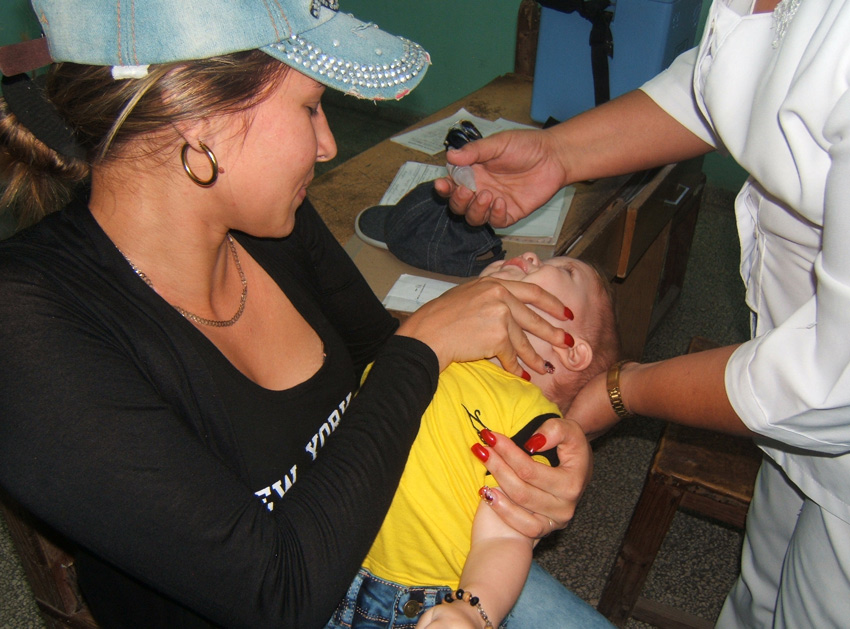
Yiliam is barely 5 years old and she anxiously awaits the start of the next school year to begin her steps, dressed in white and red, in a preschool classroom. She still cannot read, but she knows about the COVID-19 disease and that a vaccine is out there that one day will reach her arm.
Las Tunas, Cuba.- Have the vaccination of old people finished? Her question, very innocently, has an iota of maturity, because her grandmother told her that the medicine would first reach the elderly and then, the rest of the population, including children, for whom different clinical trials are carried out.
She says that the day she receives the vaccine she will laugh while the nurse pricks her - that should be seen -, and that she will do it to show that she is a brave girl and that she is not afraid of that “mosquito bite.”
Like her, thousands of children in the province of Las Tunas await that wonderful moment, to be able to run, oblivious to the dangers, through parks and squares, to return to their schools and the beaches, to the uncles' houses, to the amusement park…
It will be here soon. It has already been announced that the vaccination process of the pediatric population against the SARS-CoV-2 will begin in September and, for this, clinical trials began in ages between 3 and 18 years.
The first authorized study is called Soberana-Pediatría, with a vaccination schedule of 0, 28, and 56 days, with two doses of the Soberana 02 candidate and one of Soberana Plus. There is also a pediatric clinical trial with the Abdala vaccine, in the province of Camagüey.
But being able to get vaccinated against this disease is not Yiliam's only fortune in terms of health. Logically, she does not remember how many times her fragile anatomy has received the saving prick, the one that prevents diseases that in other places are cruel to children.
In fact, with the national immunization program, Cuba has eliminated six diseases: poliomyelitis (1962), diphtheria (1979), measles (1993), rubella (1995), mumps (1995), and whooping cough (1997). Also, four serious complications or forms: tuberculous meningitis (1962), neonatal tetanus (1972), post-mumps meningitis (1989), and congenital rubella syndrome (1989).
On average, infants are given 4,800,000 doses of single or combined immunogens each year, protecting them against 13 diseases. One of them is polio, a disease that caused many deaths and physical limitations.
It was 1962 when the fight against this infection marked the way to improve the health of the Cuban population. Since then, the act of vaccination is one of the few moments in which the cry of a child gives happiness to adults; and this will be repeated in the coming months when a fine needle draws tears but prevents against COVID-19.
(With information by Granma)